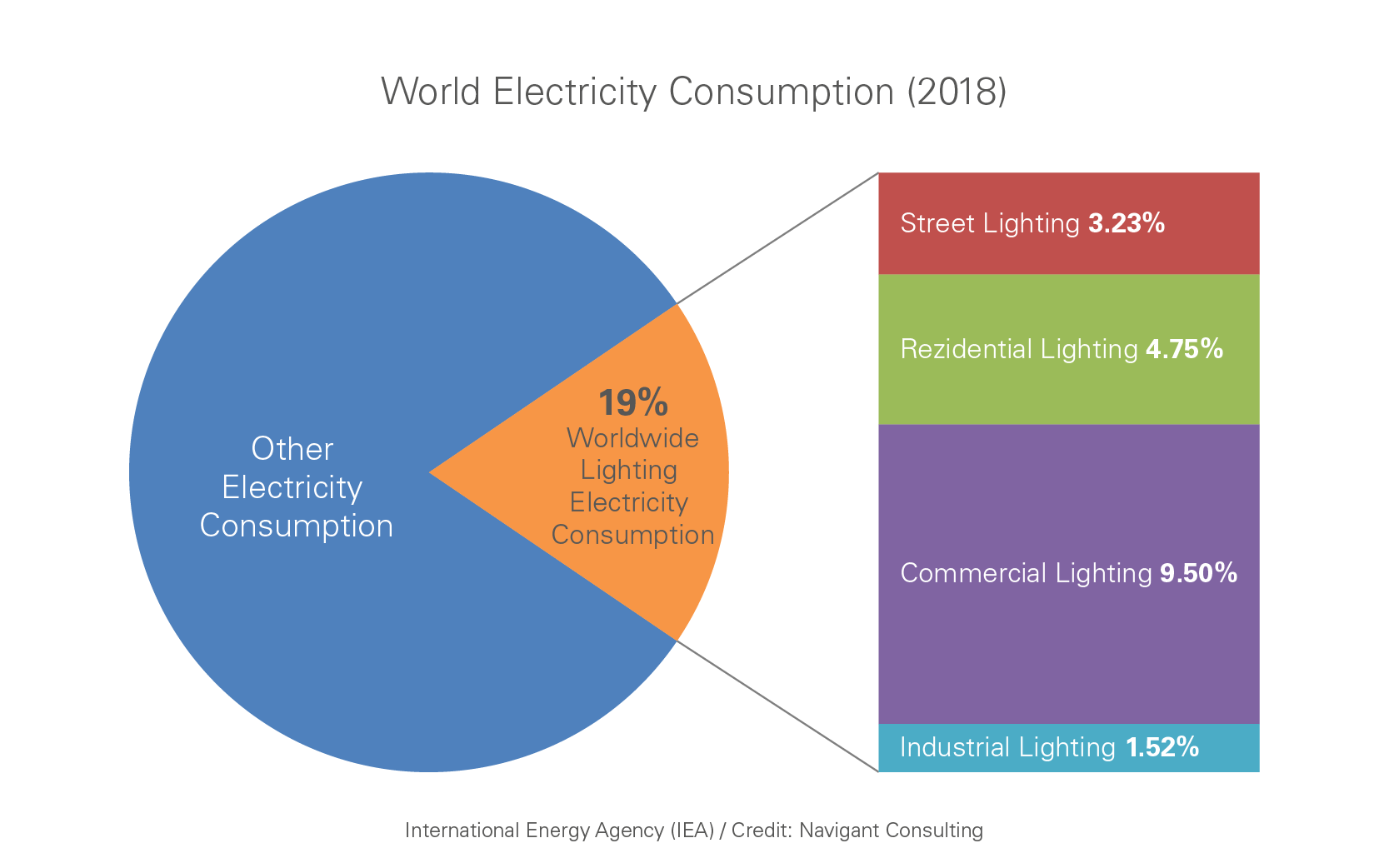Chasing Sunlight
Chasing the Sunlight after sun set in order to illuminate public places during night.
The solution is to divert the sunlight available in one time zone to other time zone using
- Efficient submarine optical Fibre cables which can be deployed thousands of miles under sea bed across continents just like used for intercontinental Telecommunications links currently. The current system uses specific wavelengths for transporting Terabit of data which require lot of precision in terms of BER etc but finding an efficient way to route white light via fibre cable is the key for this solution. The one time cost for laying such fibre infrastructure , technology may be huge but once done this can reduce the expenditures for many many years.
- Big cities in coastal areas may be the prime target for implementing such solutions as initial step.
- Another option could be using LEO/MEO satellite based efficient reflectors.
Hefty electricity bill paid by municipalities across globe for night lighting of common public areas ( roads , pathways , parks etc ) during night in urban areas near sea shores.
The money wasted in this way is shrinking the budget being provided for other community welfare schemes thus deteriorating quality of overall facilities being provided by municipalities in urban areas.
Unavailability of sustainable & cost effective energy resources means that costly electricity is being used for this purpose. Solar powered system are not always useful because of dependency on weather and heavy maintenance cost of solar power infrastructure.
This electricity will run in to Millions of dollars/ per month for big metropolitan cities like Mumbai , Chennai , Shanghai etc.

(image taken from https://intelilight.eu/smart-s...)
The solution will serve each and everyone using facilities provided by Government /private municipal corporations in coastal cities . The money saved by reduced expenditures can be used in other public welfare schemes thus enhancing quality of essential infrastructures like Hospitals , Schools , Parks etc. Once implemented this can also boost huge reduction in carbon emissions as traditional thermal power usage can be reduced.
I am exploring , searching options to find out techniques which can enable efficient transportation of white light across enormous distances across different time Zones. The implementation or pilot may involve enormous cost. This may not look very realistic today but scientific researches in this direction can make it possible in coming years. This may become a sustainable method of huge energy savings also.
- Taking action to combat climate change and its impacts (Sustainability)
- Concept: An idea being explored for its feasibility to build a product, service, or business model based on that idea
My solution is just a concept as of now. It is not tested or implemented yet.
Require investments from some technology company for pilot work.
- A new use of an existing technology (e.g. application to a new problem or in a new location)
At this stage , I see two types of possible technologies which can provide solution ( there may be more options also)
1. Guiding/ transporting the white light from sun across globe using Submarine optical fibre cable.
This require massive investment for specialized low loss fibre cables , guiding / reflecting , light capturing optical equipment's. These specialized fibre cables deployed at seabed across thousands of kilometers & terminated at landing stations spread across various Islands and coastal cities.
Further mechanism to route this light with in cities is also required.
Till now not much research has been done on suitable technology to guide white light efficiently across thousands of miles.
2. Guiding white light across globe using LEO ( Low earth Orbits ) Satellite. It can use similar concept what is used in commercial usage of satellites in Telecommunications.
Efficient reflectors deployed at these satellites may be one option.
- Other
- India
The solution in discussion has not been implemented yet but once it is implemented for say one major city like Mumbai ( India ) , it can serve directly or indirectly around 10-15 Mn peoples. Once successful this solution can be implemented for other major cities serving huge population across globe.
Goals:
1. Drilling down a list of probable bottlenecks for implementing this solution.
2. Exploring technologies for addressing the bottle necks.
3. Searching investors from technology companies who can help in setting up a prototype for this concept.
The solution in discussion is actually in very initial stages , so structured project goal measurements would be initiated once the concept is materialized with some technology company.
The solution in discussion is actually in very initial stages & require huge investment for actual implementation. I am not foreseeing accomplishment in next year.
Based on our previous research on this idea , we are well positioned to further guide the implementation of solution.
None at this stage
- Yes
- No